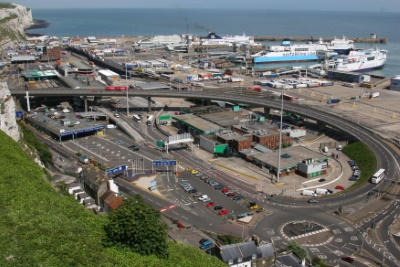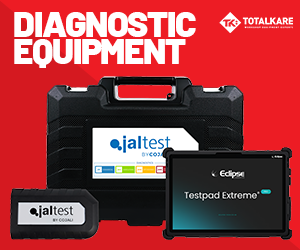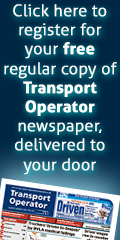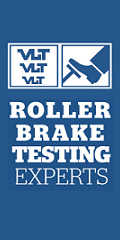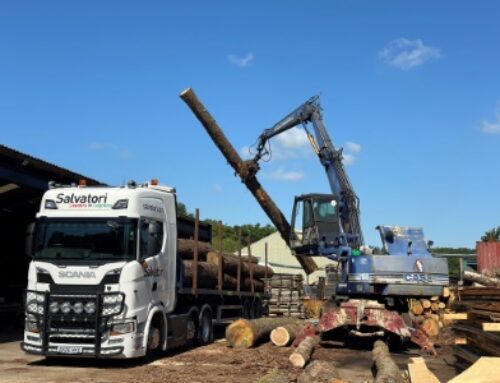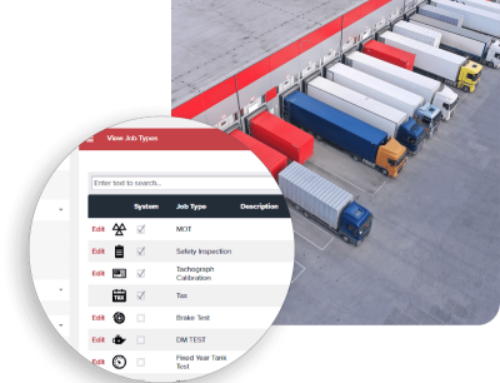TACL: micro-movements can have major consequences
Tachograph Analysis Consultants Limited (TACL) has warned of the potential pitfalls of so-called ‘micro-movements’ by vehicles subject to tachograph monitoring.
“You could be forgiven for thinking micro-movements are the latest trend in last-mile delivery solutions… They are, in fact, associated with tachographs and can have potentially serious consequences if not fully understood and handled in the appropriate way,” warned TACL director Nigel Kirkwood.
“Tachographs, with their forebears dating back to the ‘Jones Recorder’ of 1911, were designed to provide a record of vehicle motion and driver activity. And they still do.
“The tachograph, a legislative instrument, logs details of vehicle motion and driver activity. A sensor provides information for the tachograph to record this motion (speed and distance). A ‘mode switch’, set by the driver, records different activities, for example, loading and unloading, a break from driving etc.”
 Most tachographs, when the vehicle starts to move, automatically change the mode from the driver setting – perhaps ‘other work’ or ‘break’ – to ‘driving’, says Nigel.
Most tachographs, when the vehicle starts to move, automatically change the mode from the driver setting – perhaps ‘other work’ or ‘break’ – to ‘driving’, says Nigel.
“For multi-drop operations, this saves the driver changing mode from ‘driving’ to ‘other work’ every time the cab is left to make a delivery.
“When the vehicle stops, the mode automatically changes to the current setting – for example, ‘other work’, whilst making a delivery. Once back in the cab and on-the-move again, the mode automatically changes back from ‘other work’ to ‘driving’.
“For the vast majority of time, ‘motion’ and ‘mode’ systems effectively work together. However, in other circumstances, things can be different.”
A slight vehicle movement, known as a ‘micro-movement’, can be enough to register motion, says Nigel; however, that same movement may not be enough to automatically change the mode from ‘other work’ or ‘break’, back to ‘driving’.
Micro-movements could happen in queues at regional distribution centres (RDCs), yard shunting in depots, customs areas, ports etc.
“In one example, a driver, having arrived on time, had been advised to wait, as there was a production failure that may take some considerable time to repair. The driver parked and started their break. Only a short time later, the driver was waved forward, then almost immediately, asked to stop again.
“Nothing was thought of what is known as a micro-movement at the time. Unfortunately, this micro-movement interrupted what should have been a ‘continuous’ break.
“Rather than a deliberate interruption to a statutory break, this circumstance could be viewed as inadvertent. However, the recording of a break as ‘continuous’, when interrupted by a micro-movement, can also be interpreted as an infringement.”
Indeed, micro-movements are known to the DVSA, says Nigel.
“Such ‘interruptions’ to a break required to be continuous can, potentially and very seriously, be viewed – if intentional – as false record(s) with the possibility of prosecution to follow.”
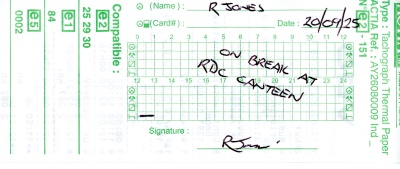
An annotated slip from a digital tachograph, to indicate that the driver was away from the vehicle at the time of the micro-movement
He emphasised: “Drivers must ensure breaks are, indeed, continuous. Consider the mode setting – is ‘other work’, for example, a more appropriate setting to ‘break’? If a break is interrupted, it must typically be started again.
“If suspected there was a movement whilst on a break away from the vehicle, a printout from the tachograph, in addition to tachograph settings, can be of value.
“A printout produced by the tachograph will typically include the date and time it was printed. A manual entry made on the reverse of that tachograph-produced printout can be made at the time in two parts: 1) the explanation, for example, ‘Break taken in RDC canteen’; and 2) the duration, a line on the 24-hour scale between 12:00 and 13:00 to show a full and continuous statutory break was taken.”
Training is key, says Nigel.
“Instruct drivers to be aware of, and alert to, micro-movements. Ensure breaks taken are continuous and uninterrupted. Back office teams need to be equally aware of the issue. They can help with scheduling to avoid planned breaks in potentially dynamic environments.
“Make full use of the tachograph functions, supported and supplemented by manual entries, both electronic and physical printouts.”
He concluded: “Full and correct use of a tachograph can provide valuable details to help a driver and operator maintain compliance and be on the correct side of the (detailed!) law.
“They ultimately help level the playing field and promote greater road safety: a win-win.”



